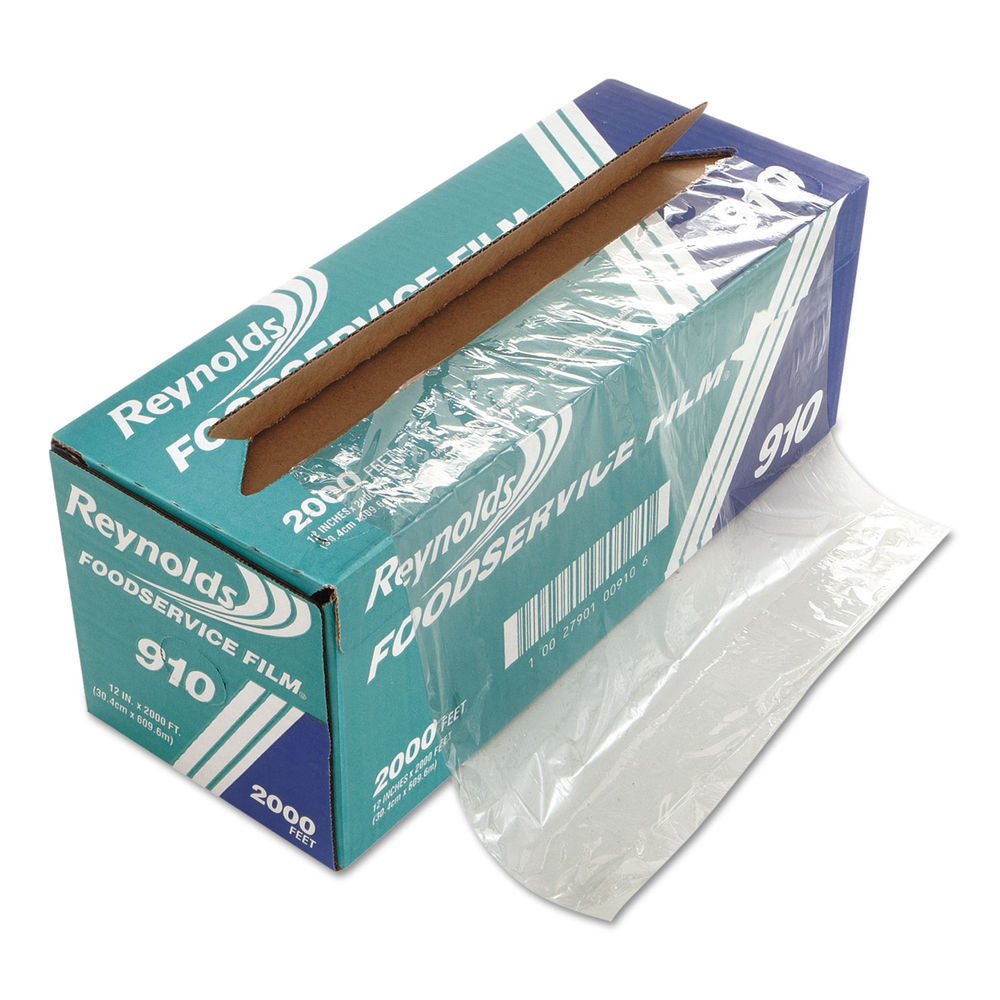In the modern digital age, printers remain an essential tool for both personal and professional use. Despite their ubiquitous presence, many users are often unaware of the inherent weaknesses that can affect their performance and longevity. Understanding these weaknesses is crucial for making informed purchasing decisions and optimizing printer usage. This article delves into the multifaceted weaknesses of printers, exploring technical limitations, operational challenges, and environmental impacts.
- Technical Limitations
a. Print Quality Variability
One of the most significant weaknesses of printers is the inconsistency in print quality. Factors such as ink type, paper quality, and printer settings can lead to variations in output. For instance, inkjet printers may produce vibrant colors on high-quality paper but can struggle with color accuracy on standard sheets. Additionally, the resolution capabilities of printers can vary widely, with lower-end models often producing grainy images or text.
b. Speed and Efficiency
While some printers boast high-speed capabilities, many models fall short of expectations, particularly in high-volume environments. The time taken to warm up, process data, and print can lead to bottlenecks in workflows. Furthermore, the speed of printing can be adversely affected by the complexity of the document, such as those containing high-resolution images or intricate graphics.
- Operational Challenges
a. Maintenance and Reliability
Printers require regular maintenance to function optimally, yet many users neglect this aspect. Issues such as clogged print heads, dried-up ink cartridges, and paper jams are common and can lead to costly repairs or replacements. Moreover, the reliability of printers can be compromised by the use of third-party ink cartridges, which may not meet the manufacturer's specifications, leading to potential damage.
b. Connectivity Issues
In an increasingly wireless world, connectivity remains a significant challenge for many printers. Users often encounter difficulties when attempting to connect their devices via Wi-Fi or Bluetooth. Interference from other devices, outdated drivers, and network configuration issues can hinder seamless printing experiences. Additionally, the reliance on proprietary software can limit compatibility with various operating systems and devices.
- Environmental Impact
a. Resource Consumption
Printers consume a considerable amount of resources, including paper, ink, and energy. The production of ink cartridges and printer components contributes to environmental degradation, and improper disposal of these materials can lead to pollution. Furthermore, the energy consumption of printers, particularly during standby mode, can accumulate over time, resulting in higher operational costs and a larger carbon footprint.
b. Waste Generation
The printing industry is notorious for generating waste, particularly in the form of discarded ink cartridges and paper. Many users are unaware of the recycling programs available for ink cartridges, leading to increased landfill contributions. Additionally, the over-reliance on printed materials in a digital age raises questions about sustainability and the need for more eco-friendly practices.
- User Experience Challenges
a. Complexity of Features
Modern printers often come equipped with a plethora of features, from scanning and copying to wireless printing and mobile app integration. While these features can enhance functionality, they can also complicate the user experience. Many users find themselves overwhelmed by the multitude of options, leading to underutilization of the printer's capabilities.
b. Cost of Ownership
The total cost of ownership for printers can be misleading. While the initial purchase price may be low, ongoing expenses such as ink, paper, and maintenance can add up significantly. Users often underestimate the cost of consumables, leading to budget overruns and dissatisfaction with their investment.
Conclusion
Understanding the weaknesses of printers is essential for users looking to maximize their efficiency and minimize frustration. By recognizing the technical limitations, operational challenges, environmental impacts, and user experience issues, individuals and businesses can make more informed decisions regarding their printing needs. As technology continues to evolve, staying informed about these weaknesses will empower users to adapt and optimize their printing practices, ultimately leading to a more sustainable and efficient workflow.


